CSA’s efforts to train Angwanwadi workers in 4 districts of MP on legal provisions related to vulnerable children bore fruit when two children aged 4 and 6 living were rescued and placed in a child care institution. The training program for Anganwadi workers was implemented in partnership with Department of Women and Child Development (DWCD), Indore Division, Government of Madhya Pradesh with the objective to build capacity of Anganwadi workers to identify and respond to cases of child in need of care and protection. 51 trainings were conducted to train almost 8000 Anganwadi workers from Indore, Khandwa, Dhar and Barwani were trained on child rights, provisions related to children in need of care and protection (CNCP) in the Juvenile Justice Act, 2015, and alternative care for CNCP.
Post training, information was received by the CSA team from an Anganwadi worker about two destitute children living with their mentally challenged mother in the outskirts of Indore. A detailed investigation by CSA team revealed that the children had no one to take care of them and had to beg to feed themselves. This investigation report was handed over to DWCD which then forwarded it to Childline for rescue of the children. While the children were rescued, produced before the Child Welfare Committee, and placed in a child care institution, the mother was admitted to a hospital by the police for her medical needs.
It is estimated that 40% of children in India are vulnerable due to difficult circumstances characterized by their social, economic and geo-political challenges. Many of them could be exposed to situations of grave risk, such as extreme poverty, child abuse, child marriage and child labour. While laws and policies for protection of such children and for have been enacted, locating and identifying such children and their families who could benefit from provisions under the laws continues to be a challenge for authorities. Training of grassroots workers (such as Anganwadi workers in this case) could bridge this gap to a great extent.
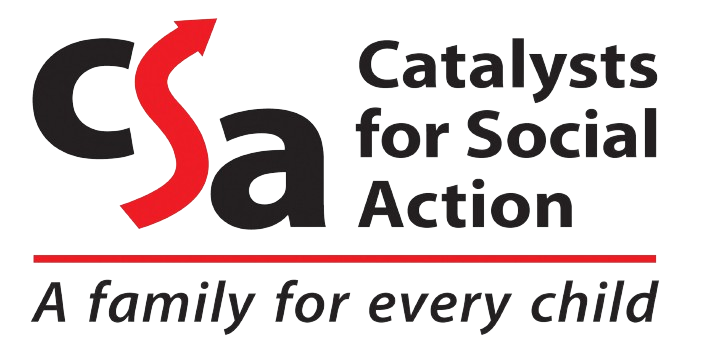
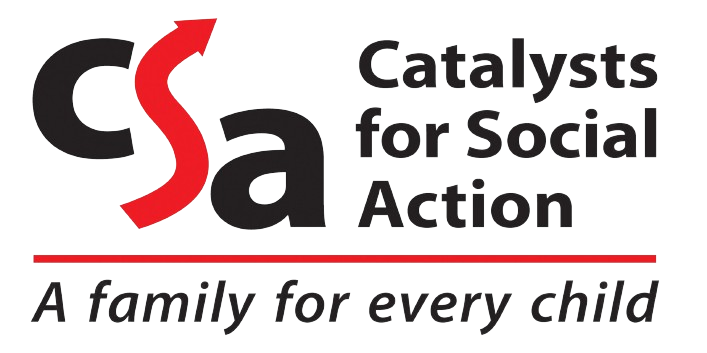

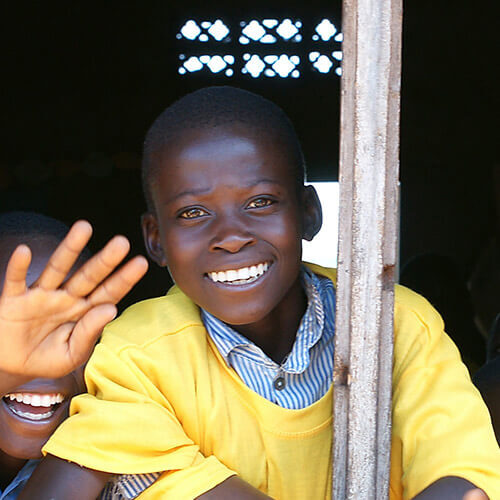

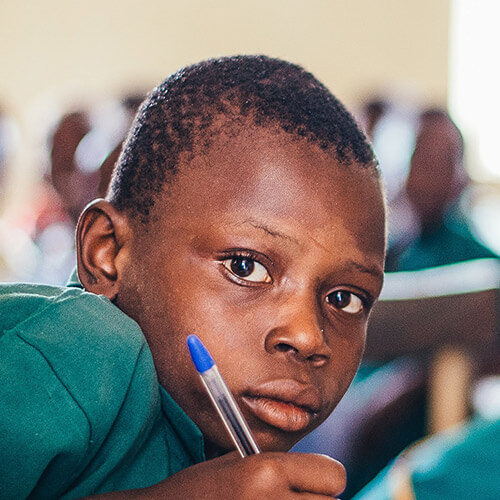
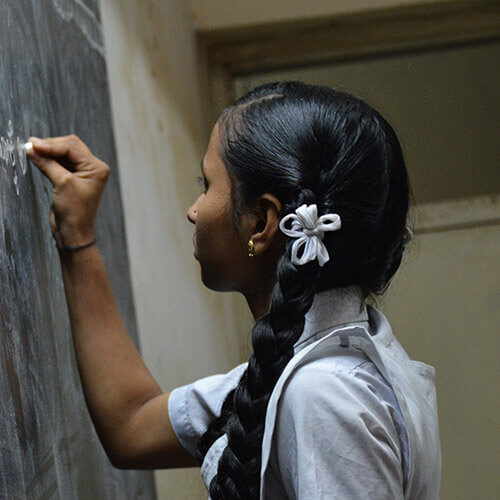

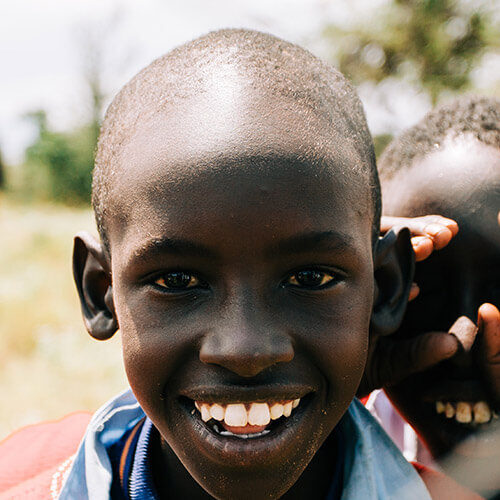


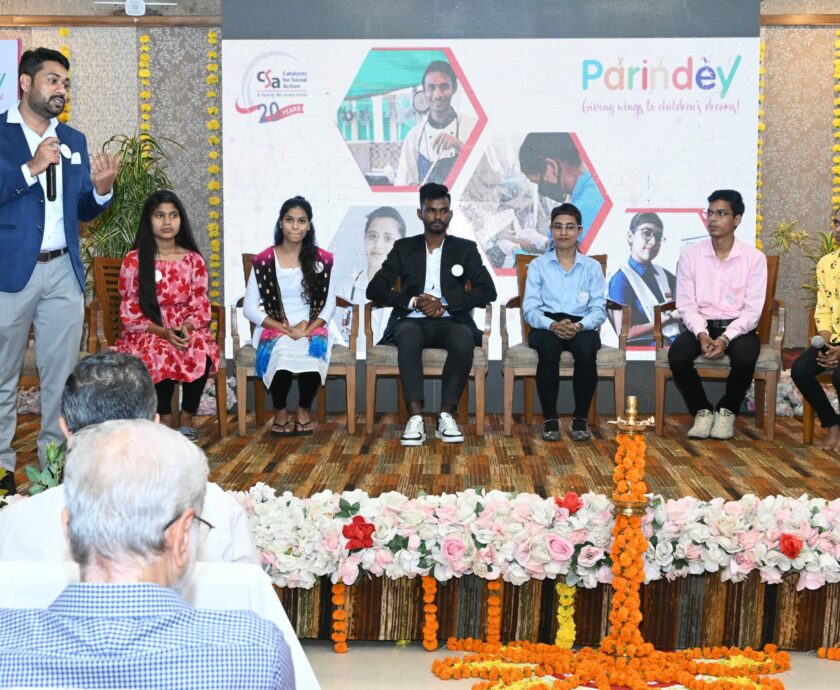
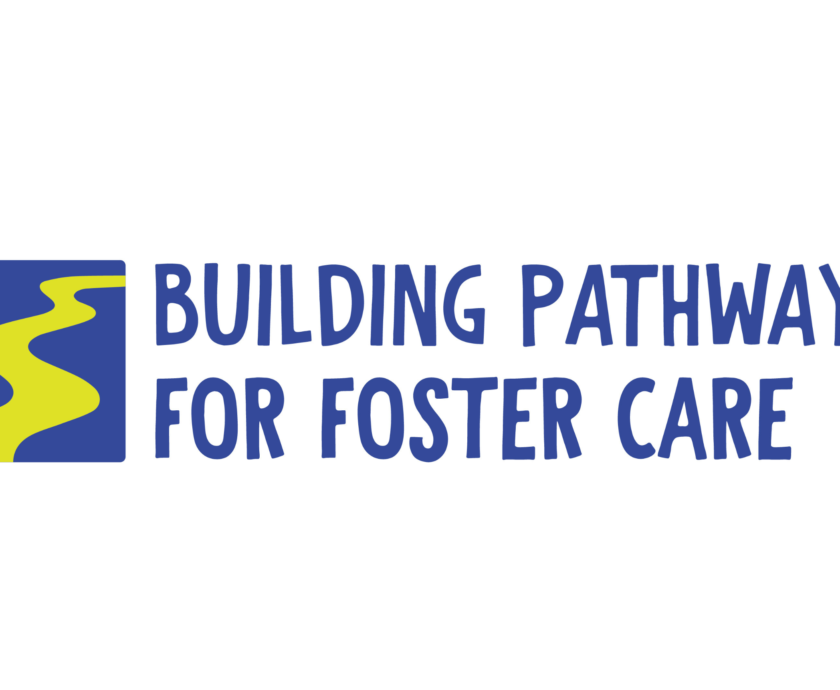
Usually I don’t read post on blogs, but I would like to say that this write-up very forced me to try and do it! Your writing style has been amazed me. Thanks, quite nice article.
It is really a nice and helpful piece of information. I am satisfied that you shared this helpful tidbit with us. Please keep us up to date like this. Thank you for sharing.
healthy eating should be our top priority since there are many junk foods and foods with no nutritional value these days..
your blog is so uncomplicated to read, i like this article, so maintain posting much more
I’m impressed, I have to admit. Actually rarely do you encounter a weblog that’s both educative and entertaining, and without a doubt, you could have hit the nail around the head. Your idea is outstanding; the pain is something there are not enough individuals are speaking intelligently about. I’m very happy that I came across this within my seek out something with this.